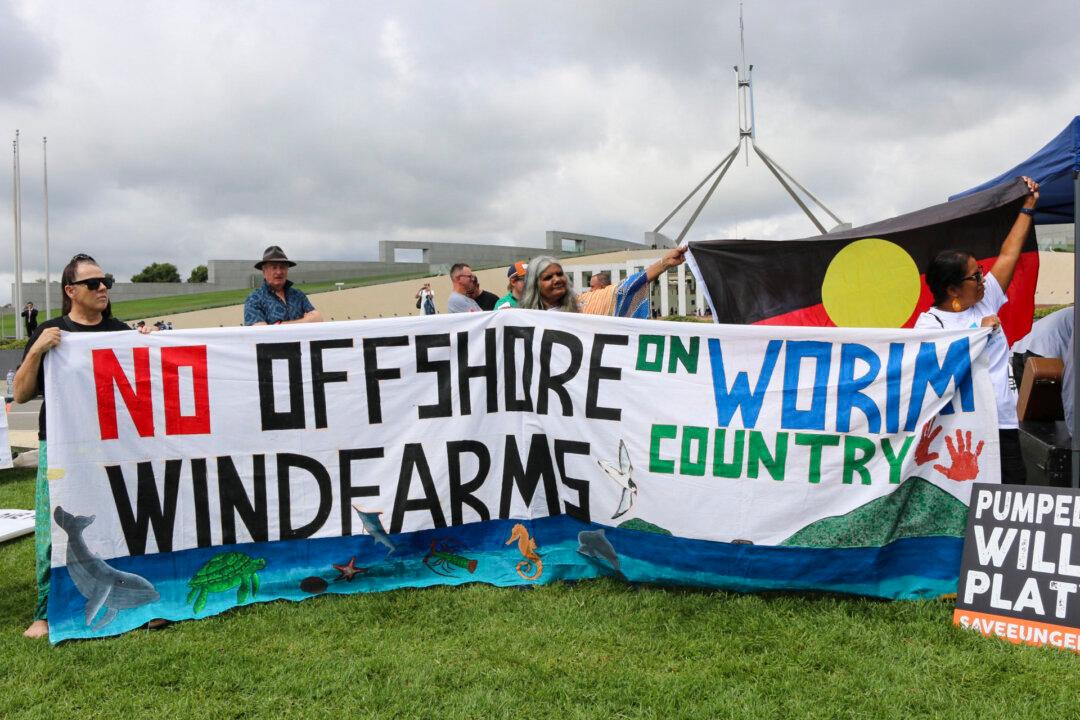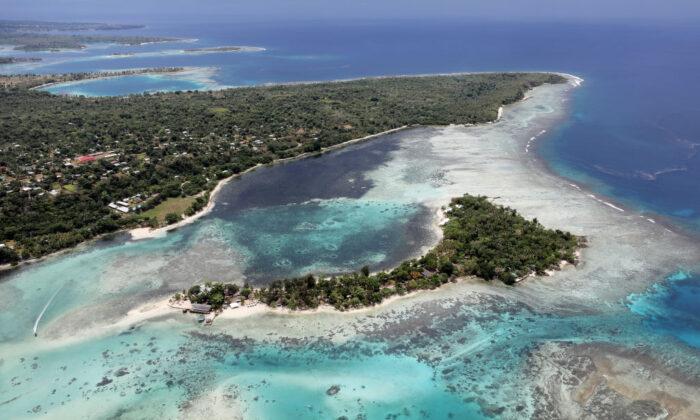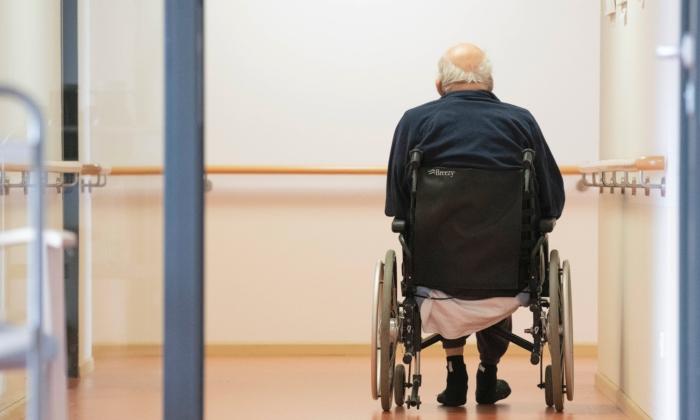Drivers now have to pay to charge their electric vehicles (EVs) at several National Roads and Motorists’ Association (NRMA) sites.
NRMA plans to start making motorists pay to fast-charge through the “My NRMA” app across the entire network starting between Sept. 27 through to the end of October.
Those looking to charge their car will pay $0.54 per kWh for up to 150kW, and $0.59 per kWh above 175kW.
That means recharging a 35kWh battery with the 150kW charger will cost $18.9, while the 175 kW will cost a driver $20.65.
A larger 60kWh battery will cost $32 with a 150kW charger or $35 with a 175kW charger, with NRMA saying it can take up to 40 minutes to reach an 80 percent charge.
With a network of 50 sites mostly across New South Wales and parts of South Australia and Queensland, NRMA has partnered with the federal government to roll out more charging stations across the country.
As a part of the partnership, the federal government is shelling out $39.3 million to the NRMA to build 117 fast EV chargers.
NRMA wants the chargers to be on average 150 kilometres apart, dependent on factors like finding suitable sites near amenities, safety, and grid connection.
Minister for Climate Change and Energy Chris Bowen said it would help regional areas connect to the EV network.
“EVs aren’t just for the cities, and Australians who drive long distances either for work or for holidays should be able to reap the benefits of cars that are cheaper and cleaner to run,” said Mr. Bowen.
“We’re making range anxiety a thing of the past. This project will help close the gaps and known black spots in the network and make it possible to drive from Darwin to Perth, Broken Hill to Adelaide, and from Brisbane to Tennant Creek in the Northern Territory.”
The Labor government has also launched the Electric Vehicle Strategy introducing a Fuel Efficiency Standard to “get Australia’s road transport sector on the path to net zero emissions.”
To help boost electric car use the government has also spent an extra $250 million on the Driving the Nation Fund.
EV Use Increasing
The number of public EV chargers has increased by 57 percent this June compared to last year, most of which were in New South Wales, according to statistics released by the Electric Vehicle Council.Electric vehicles have also seen a 6.4 percent increase in sales, along with hybrids accounting for a 10.5 percent increase in August, according to the Federal Chamber of Automotive Industries (FCAI).
“As consumers continue to embrace low emissions technologies, we are seeing growth in electric, plug-in, and hybrid vehicle sales. More than 1 in 6 vehicles sold in the month of August featured low emissions technologies,” said FCAI Chief Executive Tony Weber.
EVs now also represent about 8.4 percent of all new cars sold in Australia.
As of the end of June 2023, 46,624 EVs had been sold in Australia—almost 3 times higher than the same period in 2022, according to the Electric Vehicle Council.






